Walt Kuhn

Walt Kuhn (1877-1949)
Walt Kuhn's show-business background provided a major source of subject matter for his many paintings of circus and vaudeville life. His first drawings, executed when he was about eight, illustrate the colorful yarns told by the seamen who hung around his parents' dockside hotel in Brooklyn. During the mid-1920s Kuhn worked as a showman, designing costumes and sets and writing and directing vaudeville sketches.
From 1901 to 1903 Kuhn studied at the Académie Colarossi in Paris and at the Royal Academy in Munich. After returning to New York he began exhibiting his paintings but earned his income as a freelance cartoonist for “Puck, Judge, Life,” the “Sun”, “Harper's Magazine,” and the “World”. Kuhn first achieved recognition as a painter during the teens, when he was a member of the modernist circle of Robert Henri. Along with Henri and Arthur B. Davies, Kuhn was one of the main organizers of the 1913 Armory Show, the infamous and hugely influential exhibition that first introduced European modernism to the American public. Despite these early successes, Kuhn received his greatest critical recognition late in his career with his iconic portraits of circus performers.
At his death, Kuhn was still at the peak of his career. Considered one of America's strongest painters, he received a good deal of attention in both the popular and the art presses. His work was shown almost yearly in one-man exhibitions at New York galleries and in museums throughout the country. His work was avidly collected by museums and private collectors, including several Hollywood movie stars such as Gary Cooper.
Bibliography:
Walt Kuhn Papers, 1901-48, Archives of American Art, Smithsonian Institution, Washington, D.C.; Philip Rhys Adams, “Walt Kuhn,” exhib. cat. (New York: Kennedy Galleries, 1968); Philip Rhys Adams, “Walt Kuhn, Painter: His Life and Work” (Columbus: Ohio State University Press, 1978); Bennard B. Perlman, “Walt Kuhn, 1877-1949,” exhib. cat. (New York: Midtown Galleries, 1989).
“Clown with Drum and Jug,” 1943
Oil on canvas, 12 x 10 in. (30 x 25.4 cm)
Signed and dated (lower left): Walt Kuhn 1943
Harriet Russell Stanley Fund (1948.17)
Kuhn's most famous works fuse the two dominant passions of his life-painting and show business. Throughout the 1930s and 1940s he painted a succession of clowns, acrobats, trapeze artists, jugglers, and showgirls and achieved considerable renown despite this limited subject matter. Unlike Edgar Degas, Henri de Toulouse-Lautrec, Reginald Marsh, and other artists who depicted cabaret nightlife, Kuhn extracted his sitters from the context of the performance, typically posing them in his studio against a bare monochromatic background. His often bizarre and garish colors mirror the mix of the gaudy and the glamorous in the circus; the uncomfortable poses and awkward expressions of his sitters, who often glare at the viewer from beneath their heavy makeup, reveal the more sordid and melancholy aspects of their occupations. In these portraits of specific but anonymous individuals, Kuhn, like Henri and his followers, tried to capture the essence and personality of the sitter, applying the paint freely and thickly in broad outlines and often mixing colors on the canvas.
Kuhn always painted from a live model, but before actually beginning a portrait, he executed numerous preliminary drawings and watercolor sketches, and sometimes small oil sketches. “Clown with Drum” and “Jug” may have been intended as such a study, though no larger oil has been associated with it. (1) Alternately, it may have been one of the many small circus subjects he executed as a sort of painting exercise and as a break from his larger portraits. In fact, as Kuhn's daughter Brenda recalled, he painted "very few large paintings," feeling that "a painting need not be big to be powerful and . . . should be small enough to take in a taxi
cab." (2) His smaller oils exhibit a playful and spontaneous quality similar to that found in his ink drawings and watercolors. The faces are often masklike and caricatured, not as individualized or as studied as those in the larger portraits.
While Kuhn's harsh color combinations elicited many comments-praise as well as censure-many of his pictures, like “Clown with Drum” and “Jug”, are monochromatic. The New Britain picture is one of several clowns painted in shades of white, including “Clown With Drum” (1942; Terra Museum of American Art, Chicago) and “White Clown” (1929; National Gallery of Art, Washington, D.C.), which caused a critical sensation at a 1929 exhibition of contemporary painting at the newly established Museum of Modern Art in New York City.



